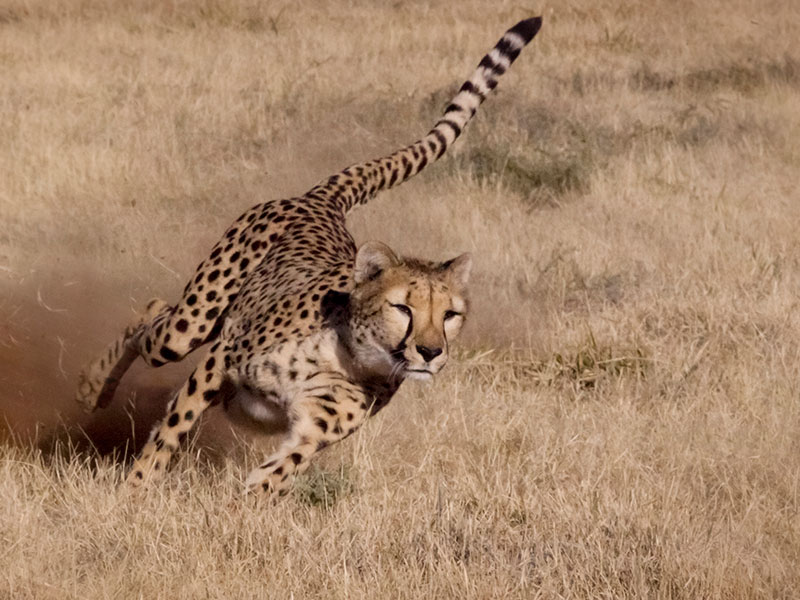CCF Bush Pty Ltd, manufactures wood fuel briquettes as a pilot project to explore a strategy to improve habitat for the cheetah by removal of thickened bush. We are creating a viable market for biomass products derived in environmentally and socially appropriate means, harvesting and processing invader thorn bush and manufacturing extruded wood briquettes.
The Forest Stewardship Council (FSC)® (FSC-C004580) certifies CCF’s woodland management practices as sustainable, while the Wildlife Friendly Enterprise Network (WFEN) certifies that our products deliver measurable improvements for wildlife in wild places.
Namibia has over 10 million hectares of woody biomass which could, if harvested correctly, power southern Africa with sustainable energy. In addition, there is a huge market for wood pellets to the European energy market and with investment a wood pellet factory would do very well in Namibia. Harvesting of bush could employ over 5,000 Namibians.
CCF Bush Mission
- To promote the development of a biomass industry in Namibia that utilizes the invasive thorn bush.
- To harvest, chip and manufacture compacted fuel logs from indigenous invader timber species and market this quality “Bushblok” both locally and internationally;
- To manufacture a product meeting with customer requirements in terms of source and specifications; furthermore, to introduce strict control systems to ensure that the product is sourced from certified farms belonging to CCF;
- To introduce systems minimizing impact on the environment with respect to harvesting, chipping extraction and haulage of the chipped raw material.
- To make strategic decisions following Forest Stewardship Council Principles and Criteria thereby preventing exploitation of indigenous bush;
- To apply for valid harvest Permits issued by Namibian Directorate of Forestry; environmental considerations will always be foremost in the company’s decision- making process.
- To give special consideration to ensure the optimal utilization of local labor resources, thus ensuring the local distribution of employment and benefits; the company undertakes to provide a safe and harmonious working environment for employees, thereby encouraging a prosperous, loyal and productive workforce.
CCF Bushblok® Project Objectives
- To enhance the long-term survival of the cheetah and other species by restoring the Namibian savannah.
- To supply Namibian and international markets with compacted fuel log products.
- To encourage industries to use intruder bush as a raw material.
- To employ, train and empower historically disadvantaged Namibians.
- To provide business opportunities in bush harvesting, chipping and transport.
- To develop the best economic, environmental and social standards for bush harvesting, chipping, processing and packaging.
- To alleviate the over-exploitation of native Namibian trees for firewood

Bush Encroachment in Namibia
Various studies estimate that 10-12 million hectares, representing 12-14% of Namibia are seriously infested by undesirable bush species. Other studies have determined that about 10 metric tons per hectare of excess wood biomass are available for production. This could provide over 100 million tons of raw materials available for production. With one production plant processing about 5000 tons per year, it is obvious that there is sufficient raw material available for many such plants.
Namibia has the world’s largest population of cheetahs, with 90% living outside protected reserves on farmlands.
Cheetahs hunt using bursts of speed in open or semi-open savannah, however as a result of unpredictable droughts and injudicious livestock farming practices, bush species are encroaching Namibian farmlands. The Namibian livestock industry revenue has been affected negatively as a result of bush encroachment (de Klerk, 2004). Since the 1960’s, the number of livestock units (LSU) declined from 1 LSU/10 hectares (ha) to 1 LSU/20 ha or 30 ha (de Klerk, 2004). The loss of rangeland productivity costs Namibia an estimated annual revenue of N$ 700 million, and affects about 65 000 households (de Klerk, 2004).

How Does This Help The Cheetah?
The natural habitat of the cheetah is in open grasslands and savanna, which consists of large open areas with scattered trees and bush. Most game species which cheetahs hunt are grazers, and cheetahs are well adapted to hunt and chase prey in these conditions. Bush encroachment shrinks open savanna areas and limits the supply of prey and the ability of the cheetah to chase it. Bushblok® production requires harvesting this encroaching bush for use as a raw material, which thins it out and helps return the savanna to a more natural state.
History of Bushblok
In 2001, CCF and the United States Agency for International Development (USAID) collaborated to find a habitat improvement programme that would be ecologically and economically viable. Research identified a business opportunity to process encroaching bush into compacted logs for use as a cooking fuel or for home heating. CCF Bush (PTY) Ltd was established to manufacture the Bushblok product. CCF Bush intends to control bush encroachment in Namibia in a more economical and sustainable way. It is an independent for profit organization which operates under it’s own management. The Cheetah Conservation Fund (CCF) is the sole owner of all the shares in CCF Bush PTY Ltd. Most stakeholders in the project are Namibians. Apart from USAID no other international stakeholders are signed up with the project. The project intends to create job opportunities for harvesters, entrepreneurs and chipping teams.